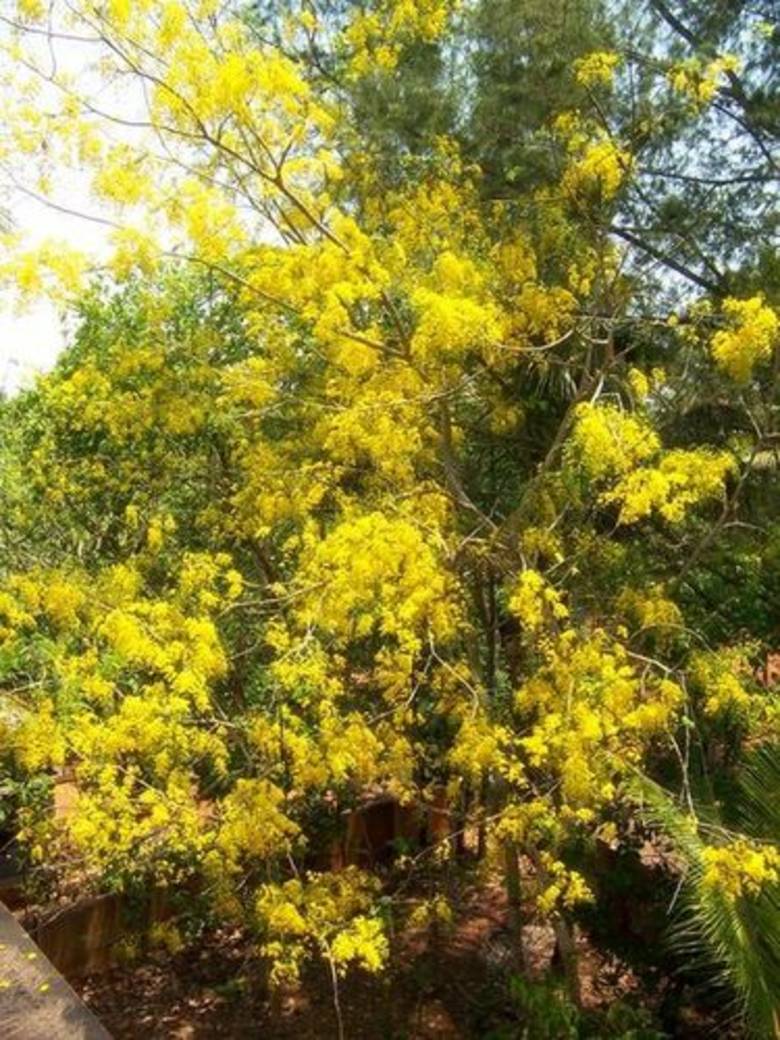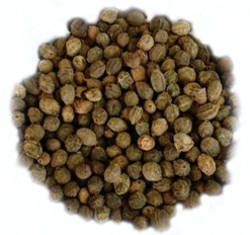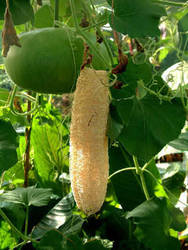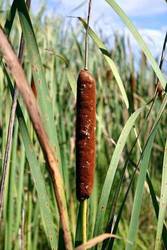|
Sanskrit
|
Amaha, Amayaghata, Antadru, Aragbadha, Aragbhada, Aragvadha, Aragvadhah, Aragwadhah, Arakvadam, Arevata,
Arogyashimbi,Aruja, Caturangula, Caturangulah, Chakraparivyadha, Chaturangula, Dhirghaphala, Dirghaphala, Dirghaphalah,
Drumotpala, Himapushpa,Jatharanut, Jvarantaka, Kandughna, Karnabharanaka, Karnikara, Karnikarah, Kritamala, Kritamalaka,
Krtamala, Krtamalah,Krtamalaka, Kundali, Kushtaghna, Kushthasudana, Mahakarnikara, Maharajdruma, Manthana, Naktamala,
Naradhipa, Narendradrma,Nripadruma, Nrpadrma, Nrpataru, Nrpavrksa, Pragraha, Pramcha, Rajadrma, Rajataru, Rajavraksha,
Rajavriksha, Rajavrksa,Rajavrksah, Rasetiktah, Recanah, Rechana, Rochana, Sampaka, Samyak, Samyaka, Samyakah,
Saraphala, Sauvarni, Shamyaka,Shephalika, Suvarnaka, Svarnabhusana, Svarnabhushana, Svarnadra, Svarnasthali,
Svarnavriksha, Vyadhighata, Vyadhighatah,Vyadivata, Vyathantaka, Evatah
|
|
Hindi
|
Kirala, Amaltas, Amaltas-ki-phalli, Amulthus, Bandarlauri, Girimala, Girmalah, Sonhali, Semara,
Amaltash, Kaniar amaltas, Alis,Kaniar, Amlatash, Garmalo
karmalo, Bahawa dhediya, Kirmalo, Dodiya, Karmalo, Garmale, Dhediya, Bahawa
|
|
PHARMACOGNOSY
|
Root : Root is reddish brown and rough externally with numerous horizontal lenticels. The outermost
tissue of bark can be peeled off easily. The inner surface os fresh bark is smooth and light pink in colour.
The wood is porous, light yellow in colour and fibrous, irregular, woody fracture.
Stem : When young the outer surface of stem is smooth and greenish to pale grey in colour but older
stems are dark brown to greyish white with rough surface; wood is porous, yellowish white in colour;
fracture tough, rough. T.S. of stem shows outermost layer of cork consisting of 18-24 rows of slightly
thick walled tangentially elongated cells filled with brownish tannin content.
Leaf : Leaves are paripinnate with 4-8 pairs of leaflets, coriaceous when fresh and papery on drying.
Leaflets are broadly ovate, oblong, acute, occassionally acuminate or obtuse or emarginate, cuneate at
base, midrib densely pubescent beneath.
Fruit : Pods are 40-70 cm long and 20-27 mm in diameter, striaght or slightly curved, smooth,
finely striated transversely. The dorsal suture appears as a single vascular strand and ventral suture
as two closely applied strands. Internally the pod is divided by thin, buff coloured, transverse
dissepiments, each compartment filled with black pulp and containing one seed.
|
|
PHARMACOLOGICAL ACTION
|
Hypoglycaemic, Anticancer, Anticolic, Antifertility, Estrogenic, Laxative, Antibacterial, Antipyretic,
Antiinflammatory, Smooth
muscle stimulant, Antiarthritic, Antitussive, Purgative, Antifungal, Antiviral,Hepatoprotective, Antiimplantation
|









